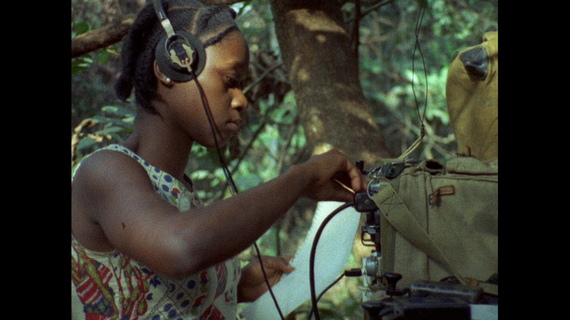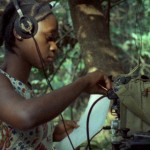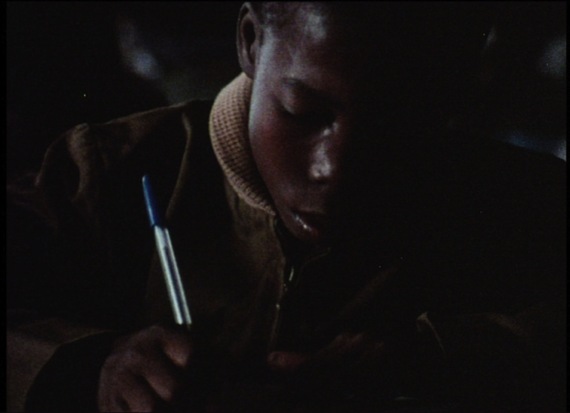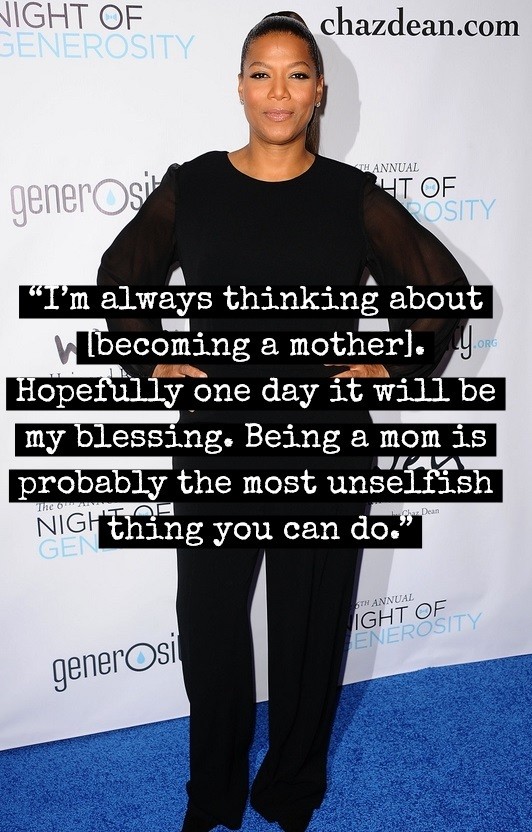
Dear Carrie, While I’ve always managed my own money, it’s getting harder for me to stay on top of everything. I’m considering a financial advisor, but I feel wary. Any tips on what/who to look for? — A Reader Dear Reader, Financial advice can come in a lot of forms and be delivered by a variety of professionals, so it’s not surprising that you’re feeling unsure. Just wading through what has been referred to as the ‘alphabet soup’ of financial certifications — RIA, CFA, CPA, CFP® to name just a few — is enough to make you hesitate. The positive side is that you have a choice. But …
Dear Carrie,
While I’ve always managed my own money, it’s getting harder for me to stay on top of everything. I’m considering a financial advisor, but I feel wary. Any tips on what/who to look for?
— A Reader
Dear Reader,
Financial advice can come in a lot of forms and be delivered by a variety of professionals, so it’s not surprising that you’re feeling unsure. Just wading through what has been referred to as the ‘alphabet soup’ of financial certifications — RIA, CFA, CPA, CFP® to name just a few — is enough to make you hesitate.
The positive side is that you have a choice. But finding appropriate and reliable advice at a reasonable cost takes careful thinking and research.
Start by deciding how much advice you need
Financial advice isn’t all or nothing. You’re in control and can choose the type and amount you want.
- One-time or periodic consultation — If you just want help keeping your portfolio on track, you could simply check in with an advisor now and then. A consultation would give you the opportunity to discuss strategy and review investments. For a little more help, you could arrange to meet with an advisor on a regular basis. Either way the advisor would make recommendations but you’d make the decisions. This is often a good choice for young adults or others who are just starting out.
- Ongoing management — This is a bigger proposition and is generally best suited for people with at least $250,000 in assets to manage, although minimums vary. In this arrangement, an advisor will work with you to devise a long-term investment strategy and then manage your accounts for you. You’re still very much involved, but you turn day-to-day control over to your advisor.
- Complete financial plan — Basically this includes all aspects of your financial picture — investments, retirement planning, estate planning, taxes and insurance — and makes sure that all the parts are working together. In my mind, almost everyone can benefit from having this type of holistic analysis on a periodic basis. However, it will also take a fair amount of your time and effort as you gather all the necessary information and communicate your long-term goals.
Understand what the credentials mean
It’s important to understand that there are a wide variety of financial credentials, representing an equally wide variety of experience and regulatory oversight. Perhaps the most important distinctions (and most often confused) are those between a broker, an investment advisor and a financial planner.
A broker works for a broker-dealer and is registered with the Financial Industry Regulatory Authority to buy and sell securities on your behalf. A broker can help you evaluate your portfolio, make buy and sell recommendations, and execute trades.
In contrast, an investment advisor, also known as a registered investment advisor or RIA, is registered with either the Securities and Exchange Commission or a state securities regulator specifically to provide financial advice and management, which can include buying and selling securities. A distinction is that RIAs are held to a fiduciary standard, which means they are required to act in your best interest at all times, while a broker is held to a different suitability standard, meaning recommendations must be appropriate to your needs.
Another option is to work with a CERTIFIED FINANCIAL PLANNER™ (CFP®) professional who is required to complete extensive training and continuing education and can help you with big picture planning as well as portfolio management. A good resource for finding a CFP® professional is the Financial Planning Association’s website, PlannerSearch.org.
Know what you’re paying for and how
Another important issue is compensation. A one-time consultation might be free or it could be charged by the hour. For ongoing management, it’s common to be charged a percentage of assets managed, typically averaging about 1 percent. A comprehensive financial plan may be included in your investment management service, or it may entail a separate fee.
It’s also critical to look out for potential conflicts of interest, so you should understand whether your advisor stands to benefit by selling you a specific type of investment. Bottom line, your goal is to make certain an advisor’s counsel is based on what’s best for you, not what’s best for his or her own paycheck. In fact, if someone is compensated by commissions or incentives, I’d proceed with an extra amount of caution — if at all.
Ask the right questions
Finding the right advisor is about asking the right questions. Arrange for an initial consultation (it’s usually complimentary) and ask about education, time in the business, number of clients, types of services and amount of money under management. Find out about their investing philosophy and preferred types of investments. And get very specific about how you will be charged and why.
Plus, don’t overlook the importance of a good rapport. If you expect to have a long-term relationship, you want to be comfortable personally as well as professionally.
Stay involved
Lastly, even with an advisor, stay on top of things. Meet with your advisor regularly. Make sure you understand the thinking behind any recommendations and advice. And remember, it’s your money; the final decisions are ultimately yours.
Looking for answers to your retirement questions? Check out Carrie’s new book, “The Charles Schwab Guide to Finances After Fifty: Answers to Your Most Important Money Questions.”
This article originally appeared on Schwab.com. You can e-mail Carrie at askcarrie@schwab.com, or click here for additional Ask Carrie columns. This column is no substitute for an individualized recommendation, tax, legal or personalized investment advice. Where specific advice is necessary or appropriate, consult with a qualified tax advisor, CPA, financial planner or investment manager.
COPYRIGHT 2014 CHARLES SCHWAB & CO., INC. MEMBER SIPC. (1114-7718)
Follow this link:




































